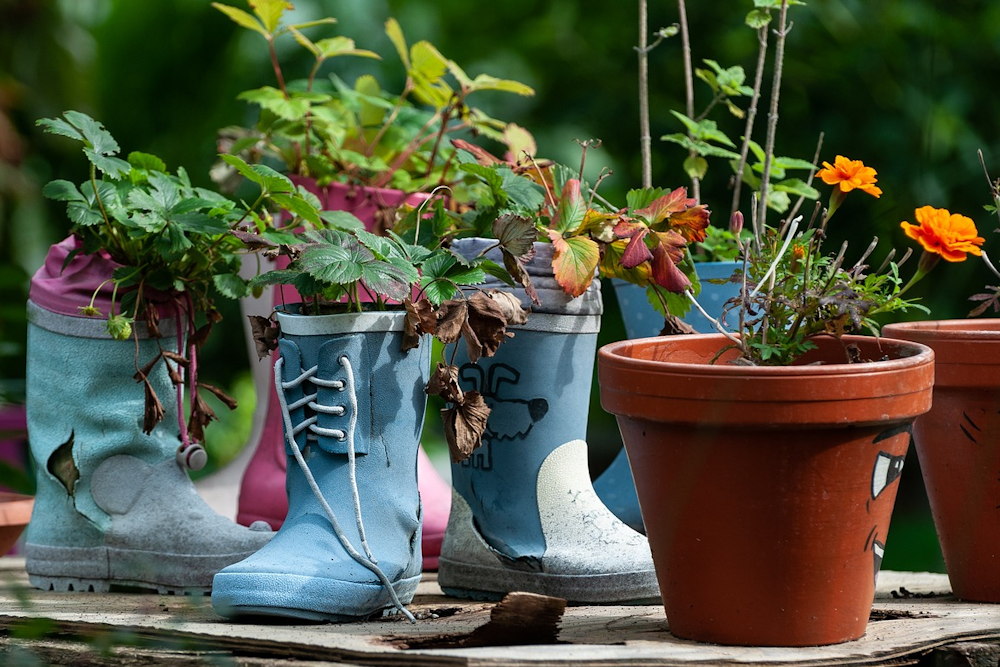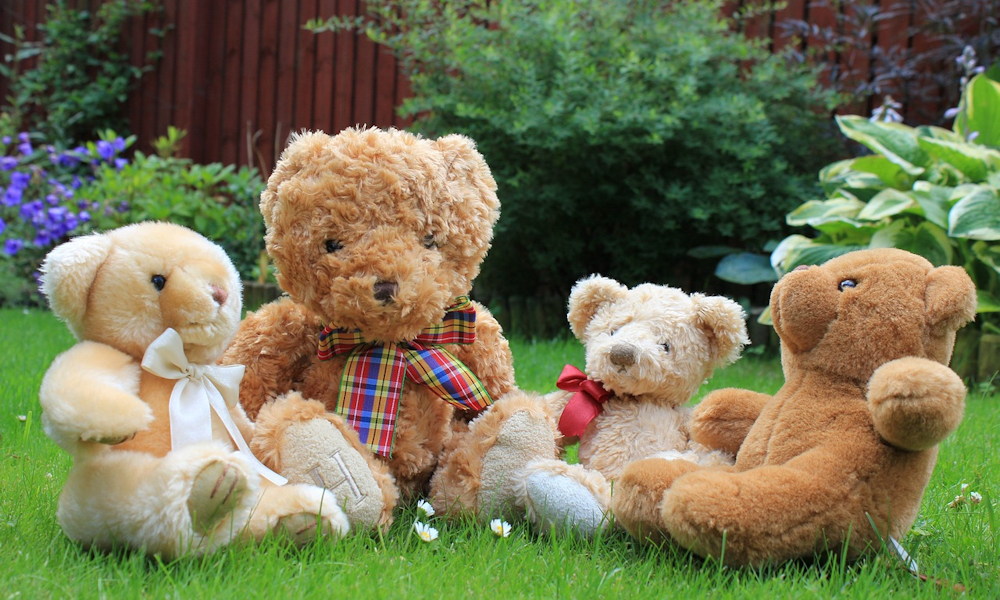Creating a child-friendly garden is a delightful way to encourage kids to connect with nature. However, many gardeners inadvertently make mistakes that can hinder the garden’s safety, usability and enjoyment for children. Here are the top 10 mistakes gardeners make when trying to create a child-friendly garden, along with solutions and specific examples to ensure a safe and enjoyable outdoor space for your little ones.
1. Ignoring Safety Hazards
One common mistake is overlooking potential safety hazards such as sharp tools, toxic plants and unstable structures.
Solution: Conduct a thorough safety check. Remove or securely store sharp tools, and research plants to ensure they are non-toxic. For example, avoid planting foxglove or oleander, both of which are toxic if ingested.

2. Not Considering Child-Friendly Plant Choices
Many gardeners select plants without considering how they interact with children. Plants with thorns, toxic leaves or berries can pose a risk.
Solution: Choose plants that are safe and durable. Sunflowers, strawberries and marigolds are excellent options because they are hardy, non-toxic and can withstand rough handling.

3. Lack of Play Areas
A garden focused solely on aesthetics can lack dedicated play areas, leading to children feeling restricted.
Solution: Integrate play zones. For instance, include a sandbox, a small grassy area for running or a DIY mud kitchen. These areas encourage creative play and exploration.

4. Overlooking Accessibility
Paths and play areas that are not accessible for small children can limit their enjoyment and exploration.
Solution: Design paths with children in mind. Wide, smooth pathways that are easy for small feet and tricycles to navigate are ideal. Use materials like decomposed granite or wood chips that are soft underfoot.

5. Neglecting Seasonal Changes
Gardens that don’t account for different seasons can become unusable or unattractive at certain times of the year.
Solution: Plan for year-round interest and activity. Plant evergreens and winter-blooming plants like witch hazel and ensure play structures are weatherproof. A small greenhouse or covered play area can also provide all-season fun.

6. Inadequate Shade
Children need protection from the sun while playing outside, but many gardens lack sufficient shaded areas.
Solution: Incorporate natural and artificial shade. Plant fast-growing trees like silver maple or add pergolas and umbrellas. An example is creating a teepee frame covered with climbing beans, which provides shade and a fun hideaway.

7. Underestimating Maintenance
High-maintenance gardens can quickly become a chore, making it difficult for parents to keep the space safe and enjoyable.
Solution: Opt for low-maintenance plants and features. Native plants are often a good choice as they require less care and are more resilient. Mulching can reduce weeding, and installing drip irrigation can ease watering duties.
8. Not Including Interactive Elements
A garden without interactive elements can be less engaging for children.
Solution: Add sensory and interactive features. Plant herbs like mint and lavender for their scents and textures, or create a small vegetable patch where children can help with planting and harvesting. A water play area with a simple fountain or water table can also be a hit.

9. Ignoring Educational Opportunities
Gardens can be incredible learning environments, but many miss this opportunity.
Solution: Incorporate educational elements. Label plants with their names and interesting facts. Create a bug hotel or a compost bin to teach children about ecosystems and recycling. A weather station can also introduce basic meteorology.

10. Forgetting to Involve the Kids
Parents often design the garden without considering what their children want or enjoy, leading to a space that doesn’t meet their interests.
Solution: Involve children in the planning process. Ask them about their favorite plants, colors and activities. Let them help with planting and garden design. For example, allow them to choose a corner for their own mini-garden where they can plant and tend to their favorite flowers or vegetables.

Creating a child-friendly garden requires careful planning and consideration of safety, accessibility and engagement. By avoiding these common mistakes and implementing the suggested solutions, you can create a garden that is not only beautiful but also a magical place for children to play, learn and grow. Remember, the best gardens are those that nurture both plants and people, providing a safe haven for exploration and discovery.









